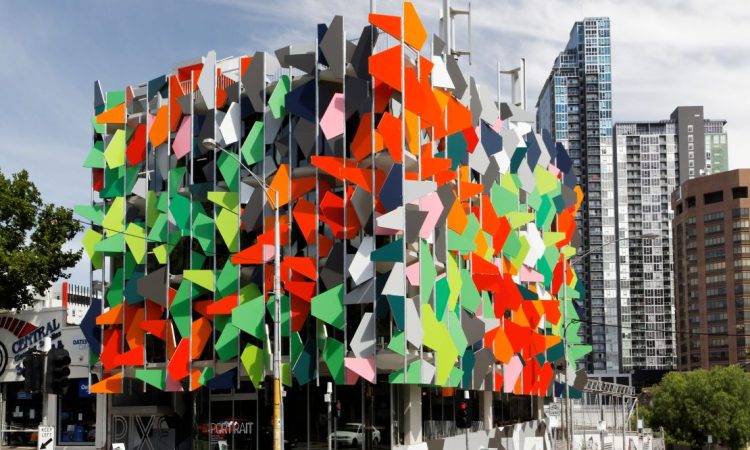
There is a growing shift toward sustainability on the high street. Customers are increasingly motivated to seek out and support retail brands that go beyond their preference for style and quality, matching also their environmental efforts too. Retailers who make efforts to perform and showcase sustainability are, as such, being rewarded, prompting those more hesitant brands to follow suit.
This shift toward environmentally friendly shopping is prompting noticeable change across the high street. Retailers are seeking ways to not only match competitor efforts but also outshine them, aiming to win customers over with a green reputation.
Sustainable Packaging
For many decades, a retailer’s packaging has been an important part of the product. The bags carried by customers must not only complement a brand but also have a distinct style that ensures it as a form of positive advertising on the high street.
When it comes to sustainability, this means that brands must also make the effort to ensure their packaging doesn’t become wrongly associated with costly environmental waste. As such, forward-thinking brands are shifting away from plastic and single-use packaging to produce biodegradable and reusable alternatives. These options better complement environmental efforts and suit the green ethics of modern shoppers more appropriately.
Material Design
Shop interiors are the stage upon which products are placed, as well as being the environment within which customers become familiar with brand values and quality. As retailers shift toward a more environmental ethos, the furniture and shop shelving used to design these spaces are becoming increasingly more sustainable, with retailers choosing locally made products from ethical sources.
Every element of a shop’s interior matters. Upcycled furniture is a popular endeavour for many since the finished product is not only a form of valued recycling but is also assured to be a unique feature. Other, more common elements, from shelving and features like slatwall panels, are also changing, being swapped for alternatives made from sustainable materials.
Digital Presence
You may have noticed that upon entering high street shop spaces, you are increasingly presented with digital devices and services. This is, in part, a shift toward sustainability. Receipts, for example, are a source of paper and ink that is, more often than not, discarded. By shifting to a digital alternative, retailers are able to minimise their waste. Additionally, since the onus of responsibility to dispose of the receipt is on the customer, shoppers tend to develop a negative association of burden with the brand. Take, for example, the signature size of CVS receipts in the United States.
Energy Consumption
High street retailers often use their window displays as a form of all-day advertising. By keeping their products and displays illuminated, customers can be reached at any time. This effort, however, is often criticised as the power consumption associated with illuminating a window display through the night is seen as wasteful.
This perception is changing as retailers shift toward renewable energy sources. Not only are an increasing number of shops becoming carbon neutral, or even negative, but they are also advertising as such, proudly displaying that by buying their products, a customer is supporting a better and green planet.




